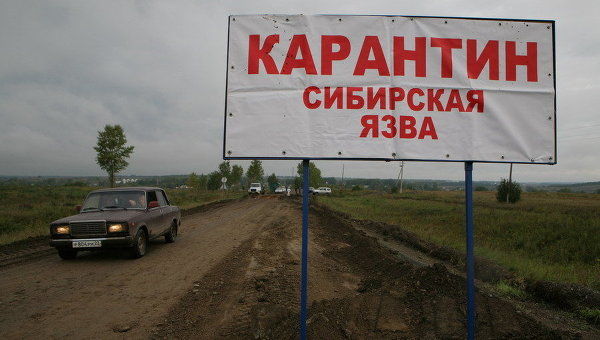LIVE UPDATES: The Russian Defense Ministry has sent a crew with the latest system for aerosol disinfection of the area in Yamal where people and animals are stricken with deadly Siberian anthrax.
Welcome to our column, Russia Update, where we will be closely following day-to-day developments in Russia, including the Russian government’s foreign and domestic policies.
The previous issue is here.
Recent Analysis and Translations:
– The Kremlin is Working Hard to Make Donald Trump President
– Russian Elections Round-Up: Parnas List Accepted; Party of Pensioners Forced to Remove Candidates
– ‘What Would Boris Do?†Opposition Struggles with In-Fighting on Eve of September Elections
– NATO Got Nothing From Conceding To Russia In the Past, Why Should It Cave To The Kremlin Now?
UPDATES BELOW


